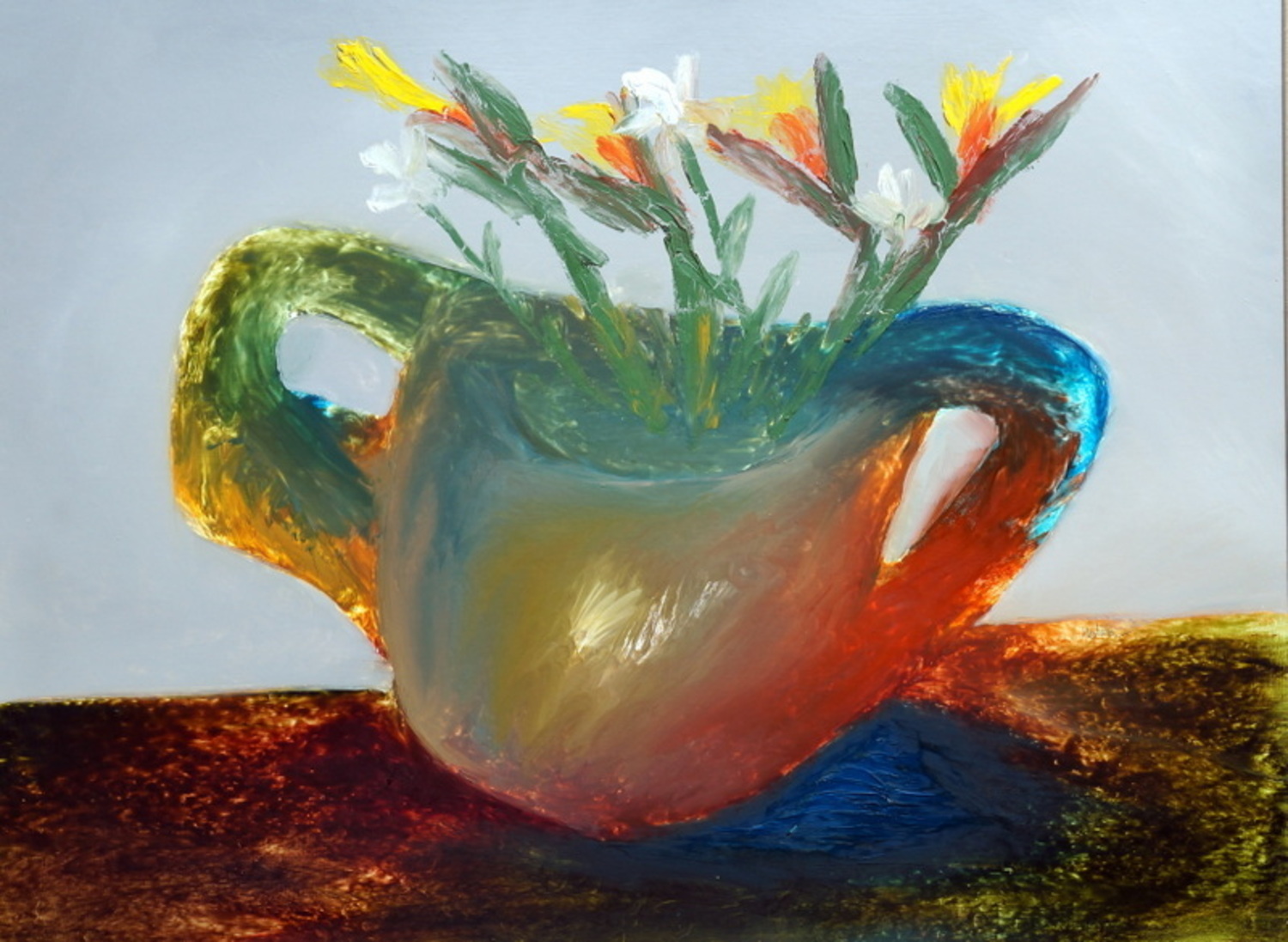Born 1917, died 1992
Nolan studied at the National Gallery of Victoria’s School of Art in 1934 and 1936 but educated himself primarily through books on Pablo Picasso, Paul Klee, Henri Matisse and the surrealists. From 1938 he was encouraged and supported by art patrons Sunday and John Reed. Their house, ‘Heide’, in the outer Melbourne suburb of Heidelberg (now Heide Museum of Modern Art), was a meeting place for the avant-garde group known as the Angry Penguins, named after the radical cultural journal. The group included the artists Albert Tucker, Joy Hester, John Perceval and Arthur Boyd. The Angry Penguins sought to modernise Australian art and poetry by adopting spontaneous and visionary processes influenced by surrealism.
Nolan’s finest hour was in the aftermath of the Ned Kelly series. With his soul almost captured by John and Sunday Reed, he left Australia, and became the standard bearer of post-war Australian art. No other artist in the fifties and sixties commanded so much respect, because Nolan was, as Barry Humphries famously put it, “Internationally famous in Australia”.
Nolan was fond of quoting his humble origins, “my father was a tram driver”, and found work wherever he could. He fell in with the Boyds, and with the aegis of the Angry Penguins, escaped the worst of the Second World War. After the success of the Kelly series, Nolan was fortunate in that he not only achieved international acclaim, but found a willing patron in Lord McAlpine. Thus ensured the twin dynamics of a successful art career, cashflow and patronage. Nolan possessed an original mind and a flair for self-advancement. His knighthood, a crowning acceptance that he made the great leap from the “unwashed”, to “the establishment”.
Nolan’s Kelly series began an exploration of landscape and imagery, intrinsically tied to an anthemic sense of ourselves. His skill was to re-invent iconic images as something new. Through a different eye, Nolan gave us, in as much as the Heidelberg school presented the bush, a dynamic super-charged distillation of our essential parts. The light, the outline, and a “washed out” palette. His figures and portraits were similarly drained of detail and colour, resembling the impregnable and impersonal “silence” of the Australian landscape And it helped when, as Australians, we realised that someone else, (the poms) could understand and appreciate the distinctiveness, which was as much as anything else a statement of post-colonial self-consciousness. It always begs the question, when will Australia ever be post-colonial?
Nolan’s competency, his fluidity, his encapsulation of that “other’ which blends expressionism with surrealism, and a controlled abstractionist delight in light, colour and form, established an epoch. We still live in the shadow of Nolan today. And the reason why, is telling, he broke the bounds of formalism and academicism.
(David McCubbin)






